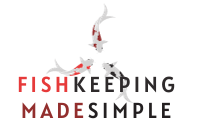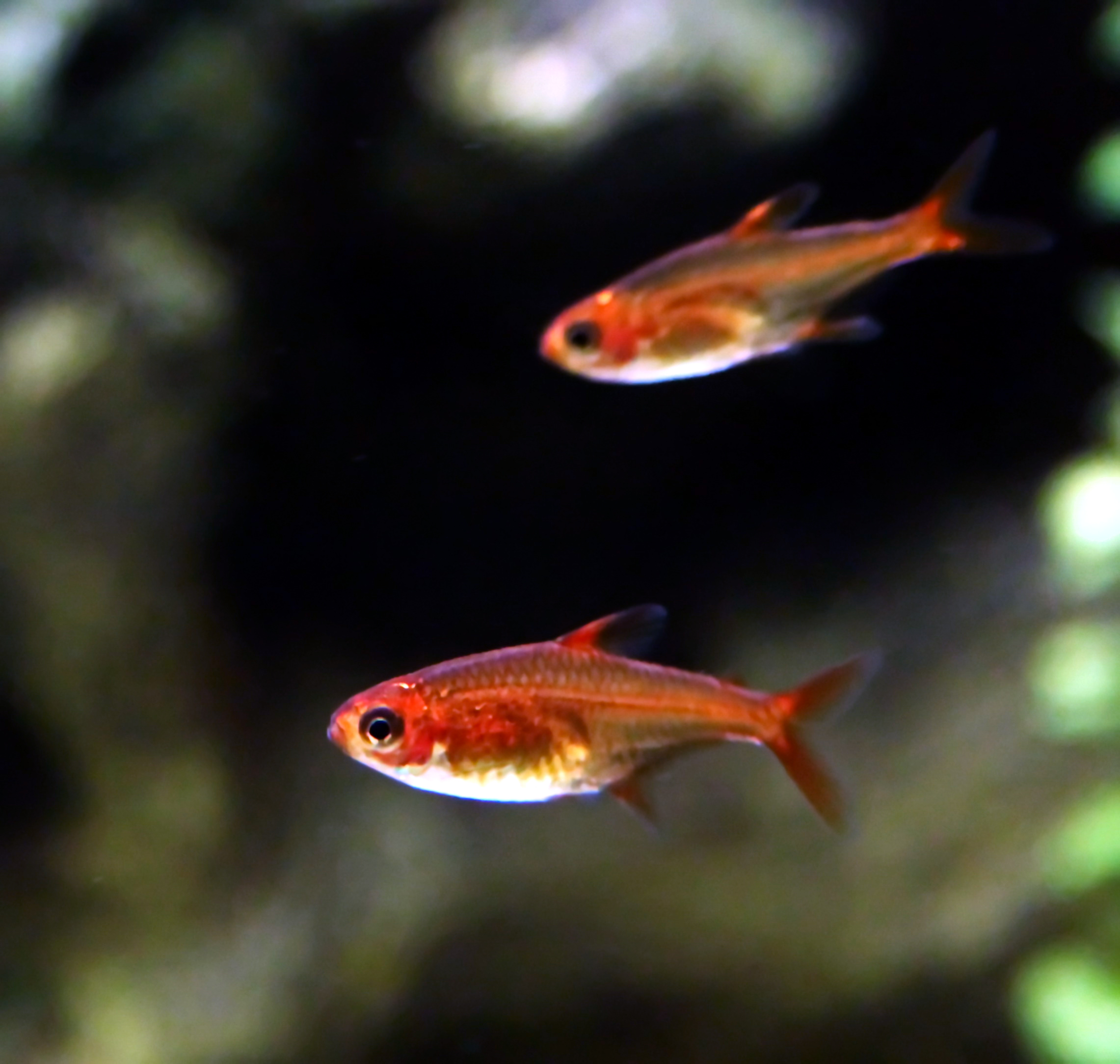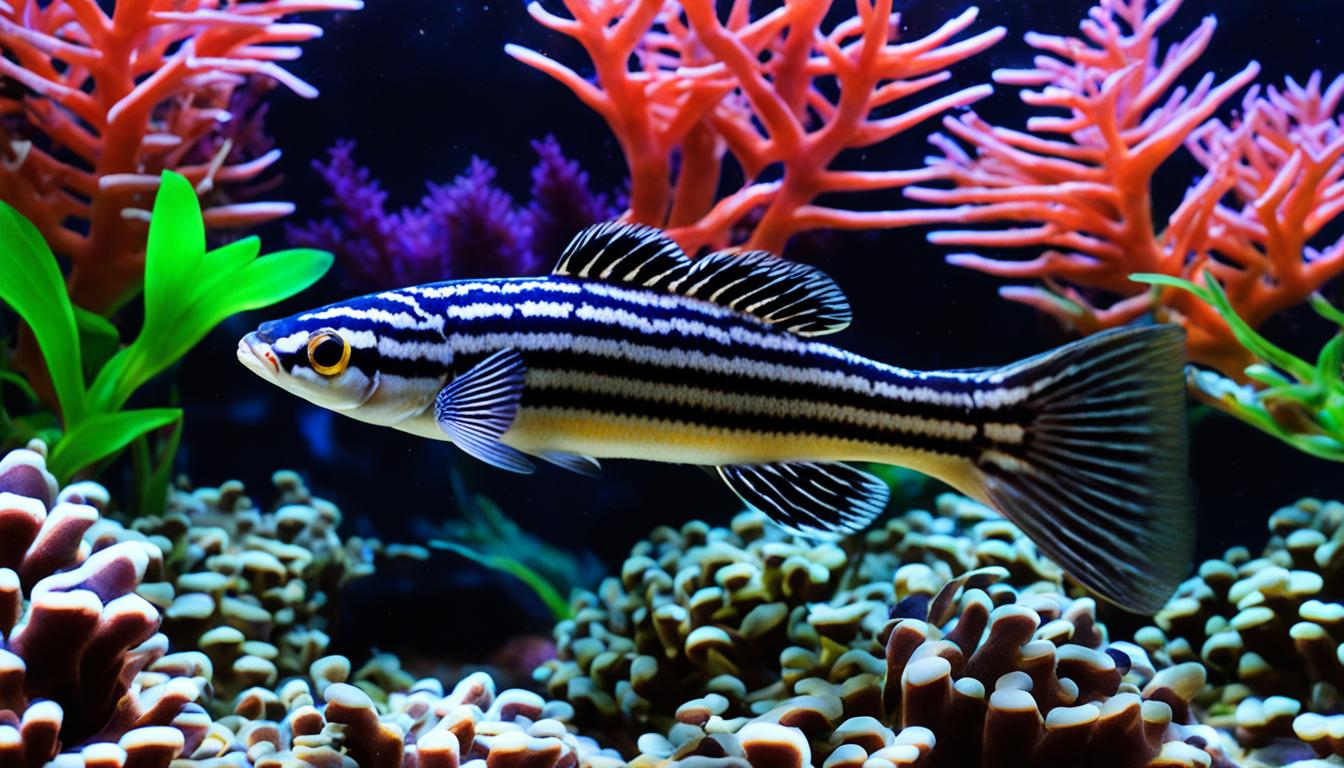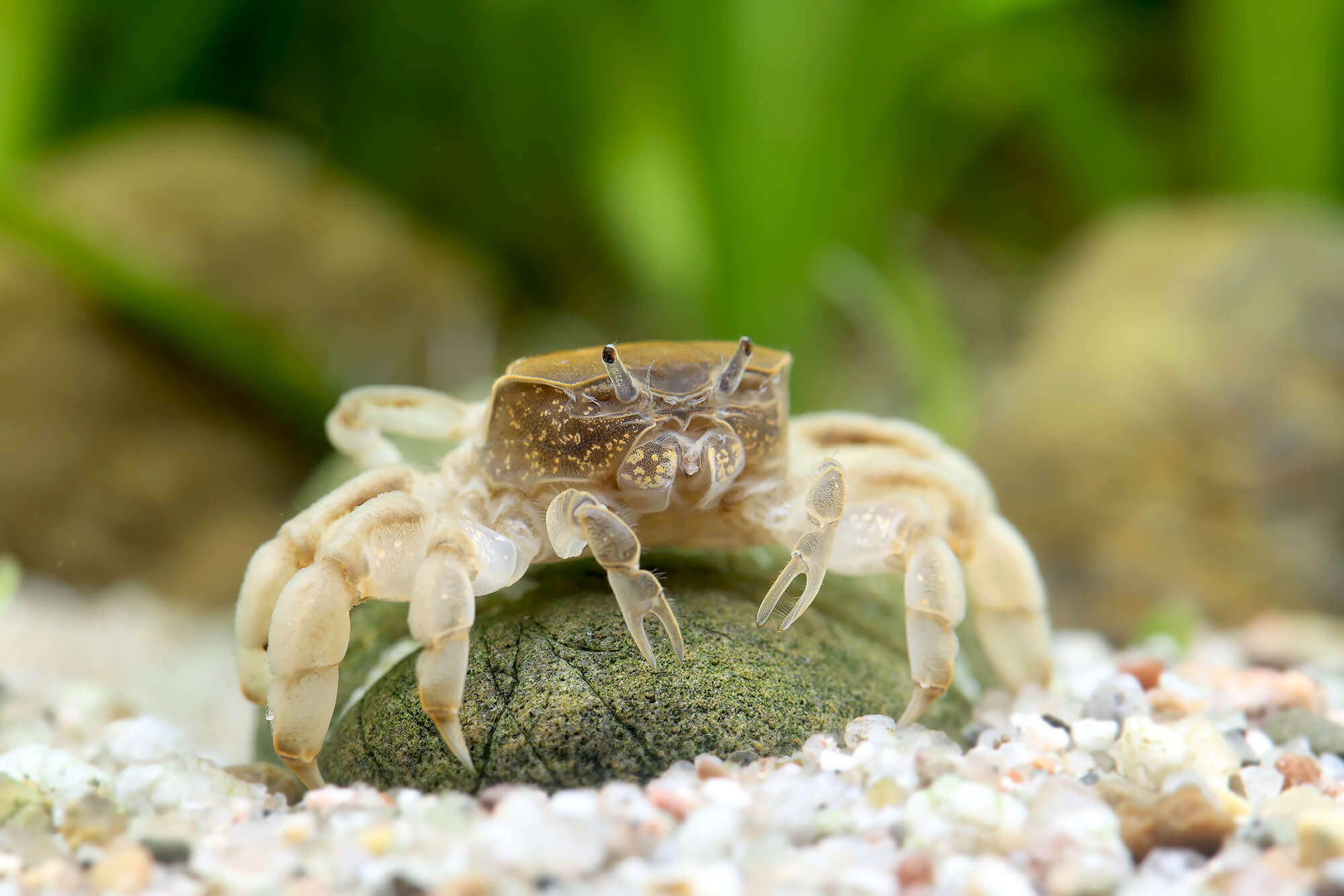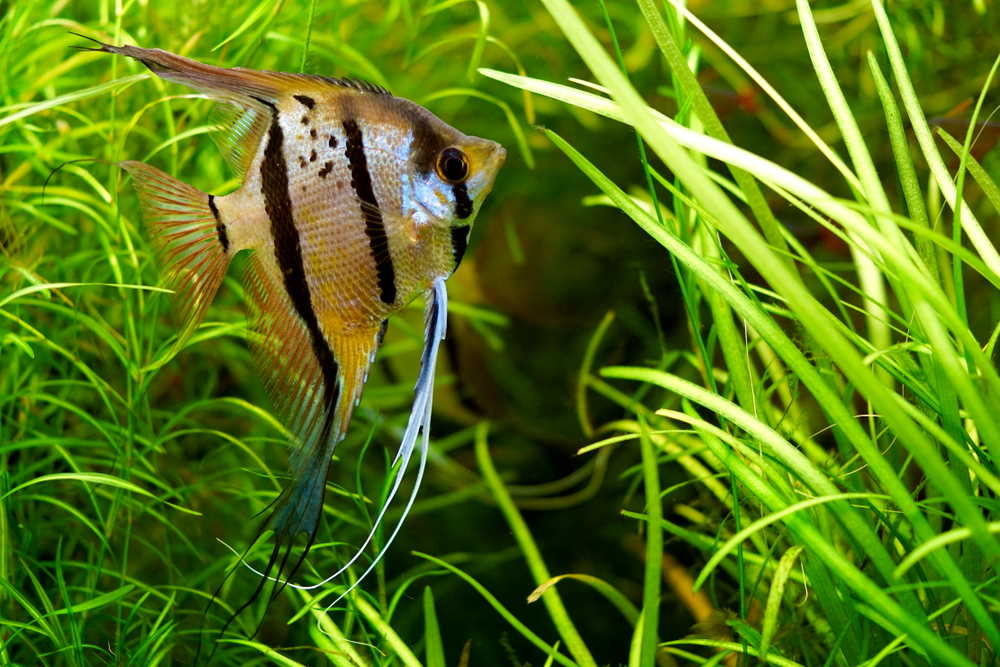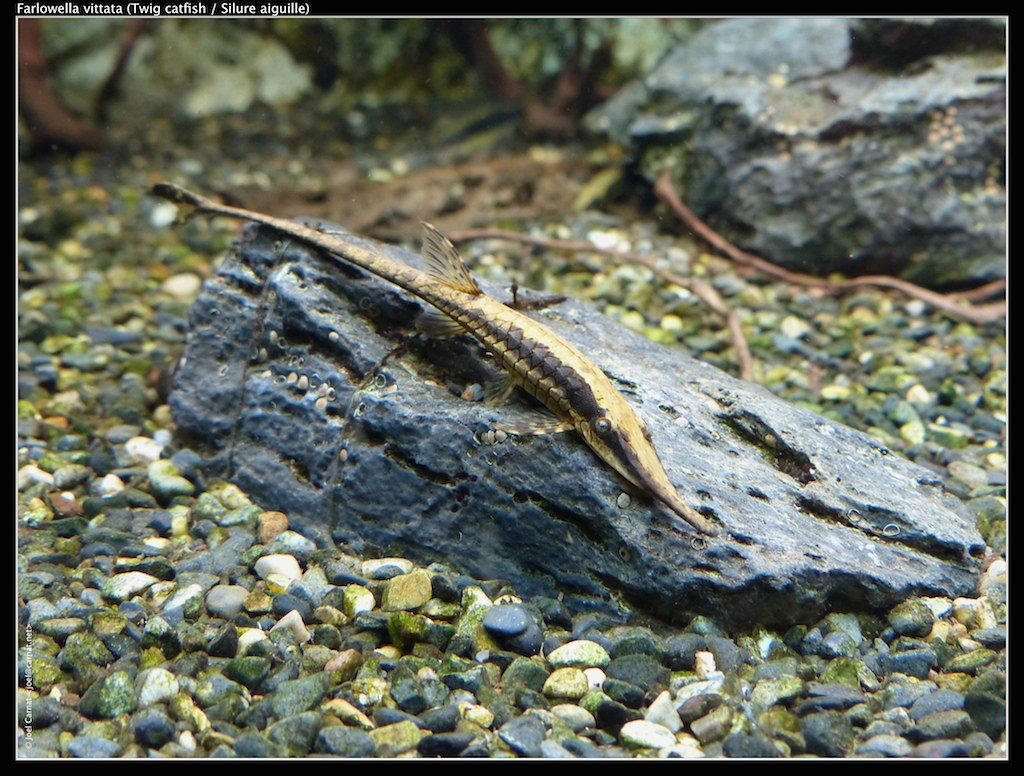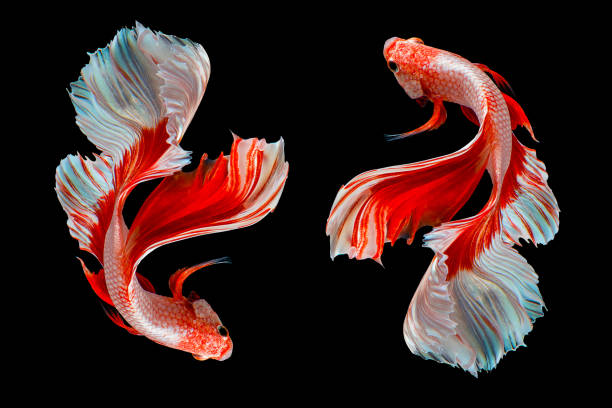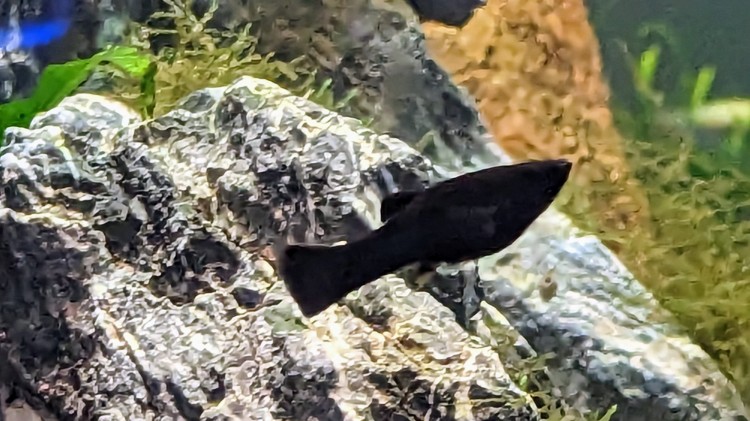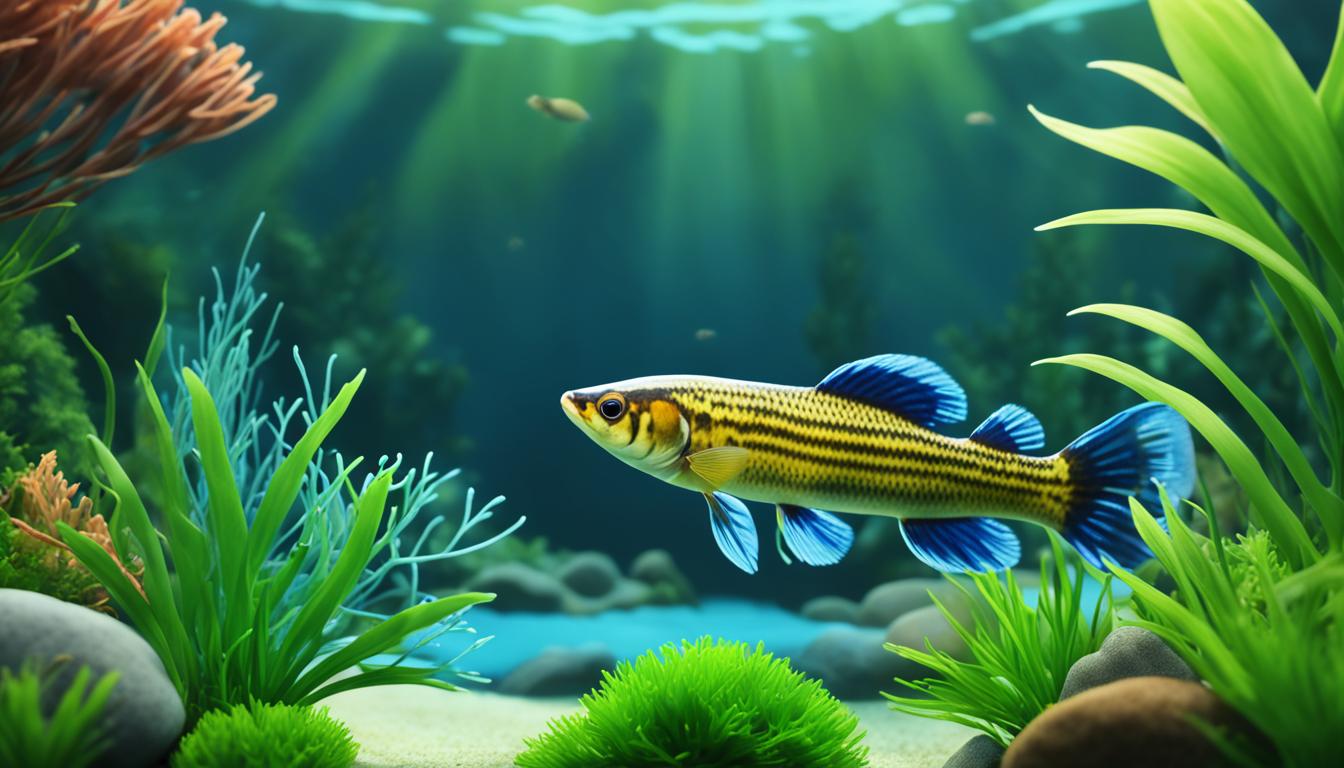Did you know ember tetras, only 1 inch long, can lay up to 300 eggs at once? This shows how amazing their breeding abilities are. As someone who loves fish, I’ve found breeding ember tetras to be both fun and easy for those with some experience.
In this guide, I’ll share my knowledge on caring for ember tetras and setting up the best tank for breeding. Whether you’re new to breeding fish or want to grow your hobby, this guide will help you breed these beautiful nano fish successfully.
Table of Contents
Key Takeaways
- Ember tetras are small, peaceful fish that come from Brazil’s Araguaia River basin.
- They do well in slightly acidic water with temperatures between 73-80°F (23-27°C).
- A minimum 10-gallon tank is recommended for breeding ember tetras.
- Ember tetras are egg-scatterers and do not care for their young.
- Proper nutrition and water quality are key for successful breeding.
- Fry need high-protein diets for the best growth and development.
- Regular water testing and maintenance are vital for breeding success.
Understanding Ember Tetras Biology and Species Profile
Ember tetras are a fascinating species that capture the hearts of many aquarium lovers. Let’s dive into their unique traits, where they come from, and what they look like. This will help you get to know these charming fish better.
Natural Habitat and Origin
Ember tetras come from the Araguaia River basin in Brazil. They love clear, slow waters with lots of plants. Their ideal home has a pH of 6.0 to 7.0 and is quite dark.
Physical Characteristics and Size
Ember tetras are small, growing up to 2 cm or 0.8 inches long. They have a typical tetra shape and a small fin. Their bodies are a beautiful red-orange color, with a hint of transparency near the pelvic fin. These fish can live for 2 to 4 years with good care.
Sexual Dimorphism in Ember Tetras
It’s hard to tell male from female ember tetras because of small differences. Males are slimmer, while females are rounder from above. These differences become clearer as they grow older and get ready to breed.
| Characteristic | Male | Female |
|---|---|---|
| Body Shape | Slender | Rounder |
| Color Intensity | Brighter | Slightly duller |
| Fin Shape | Longer, more pointed | Shorter, rounder |
Setting Up the Perfect Breeding Tank
Creating the perfect ember tetra breeding tank needs careful planning. I’ll show you how to set up a great environment for your tetras to breed well.
Tank Size and Equipment Requirements
I suggest a 10-gallon tank for breeding ember tetras. It gives enough room for a pair or small group. Use a gentle sponge filter or air stone to keep the water clean without strong currents.
Water Parameters for Breeding
Keeping the right water conditions is key for breeding ember tetras. Aim for a pH of 6.5 to 7.3 and a temperature of 73°F to 84°F. Water hardness should be between 5-17 dGH. Regularly test the water to keep these conditions stable.
Essential Decorations and Plants
Make your tank look natural with dense plants like Pogostemon stellatus ‘octopus’ and water sprite. These plants offer hiding spots for breeding pairs and fry. Place a mesh barrier at the bottom and cover it with java moss to protect eggs. Adding catappa leaves can help create biofilm for fry and slightly lower the water’s pH.
| Element | Recommendation |
|---|---|
| Tank Size | 10 gallons |
| Temperature | 73°F – 84°F |
| pH | 6.5 – 7.3 |
| Water Hardness | 5 – 17 dGH |
| Filtration | Sponge filter or air stone |
| Plants | Pogostemon stellatus, water sprite, java moss |
Ember Tetra Breeding: Step-by-Step Process
Breeding ember tetras is both exciting and rewarding. These small fish from South America are easy to breed, perfect for beginners. Let’s explore how to breed ember tetras.
Conditioning the Breeding Pairs
To get my ember tetras ready to breed, I feed them a diet rich in protein. I use fresh, frozen, and freeze-dried foods. A few hours after feeding, the females get plump with eggs, showing they’re ready to spawn.
Spawning Behavior and Signs
Watching ember tetras spawn is truly fascinating. They scatter their eggs on different surfaces. I look for signs like increased activity and chasing, which mean they’re about to spawn. The females lay around 50 eggs, each about one millimeter in size.
Egg Collection and Care
Once the spawning is done, I remove the adults to protect the eggs. The eggs hatch in a few days. I keep the water perfect, with hardness below 250 ppm TDS and pH under 7.4. For the first days, I feed the fry infusoria, vinegar eels, and powdered fry food.
| Parameter | Optimal Range |
|---|---|
| Temperature | 72°F to 82°F (22°C – 28°C) |
| pH | 6.0 to 7.0 |
| Water Hardness | 4-8 dKH |
| Daily Water Change | 30% |
Raising ember tetra fry takes patience. It can take up to two months for them to grow to ¼ inch. With the right care and water quality, breeding these fish is very rewarding.
Nutrition Requirements for Breeding Success
A varied diet is key for breeding success in ember tetras. They do well with high-quality flakes, micro-pellets, and live or frozen foods. I use baby brine shrimp, daphnia, and cyclops as their main food. They eat small meals often to fit their small mouths and stomachs.
Good nutrition makes their colors bright and helps with breeding. I add vegetables to their diet to match their natural eating habits. This mix gives them all the nutrients they need for health and breeding.
| Food Type | Frequency | Benefits |
|---|---|---|
| High-quality flakes | Daily | Essential nutrients |
| Micro-pellets | 2-3 times a week | Balanced nutrition |
| Live/frozen foods | 2-3 times a week | Protein boost |
| Vegetable matter | 1-2 times a week | Fiber and vitamins |
Feeding ember tetras often with small amounts keeps them healthy and the water clean. This feeding plan matches their natural eating habits and supports their active life. A varied and balanced diet keeps my ember tetras ready for breeding.
Caring for Ember Tetra Fry
Ember tetra fry care needs careful attention and patience. These small fish require specific conditions to grow well. I’ll show you how to care for them from start to finish.
First Days After Hatching
Ember tetra fry hatch after a few days. They rely on their yolk sacs for food at first. It’s key to keep the water stable during this time.
I keep the water between 78-82°F (25-28°C) and the pH at 6.0-6.5. This helps them grow best.
Feeding Schedule for Fry
When the fry start swimming, feeding them is very important. I start with infusoria, vinegar eels, and powdered fry food. They need small amounts of food many times a day.
After 2-3 weeks, I add baby brine shrimp. This helps them grow faster.
Growth Stages and Development
Ember tetra fry grow slowly. They start at 0.5-1cm and can grow up to 3cm as adults. I watch their sizes and separate the bigger ones to avoid fighting over food.
Regular water changes are also key. They help keep the water quality good during their growth.
| Age | Size | Food Type | Feeding Frequency |
|---|---|---|---|
| 0-7 days | 0.5-1cm | Infusoria, Vinegar eels | 4-5 times daily |
| 1-3 weeks | 1-1.5cm | Powdered fry food, Baby brine shrimp | 3-4 times daily |
| 3-6 weeks | 1.5-2cm | Crushed flakes, Micro pellets | 3 times daily |
| 6+ weeks | 2-3cm | Regular adult food | 2-3 times daily |
As the fry grow, their colors change over weeks. With the right care, they will show off their bright orange-red colors like adult ember tetras.
Common Breeding Challenges and Solutions

I’ve faced many issues while breeding ember tetras. Egg fungus is a big problem that can wipe out a spawn. To fight it, I add methylene blue to the breeding tank. This antifungal treatment keeps the eggs safe.
Another challenge is poor fertility. I’ve found that a varied, nutritious diet is essential. I feed my breeding pairs a mix of high-quality flakes, frozen foods, and live foods like mosquito larvae. This has greatly boosted fertility in my tanks.
Fry mortality is a big worry for many breeders. One of my best tips is to keep the fry tank conditions stable. I keep the water parameters steady and do small, frequent water changes for the best water quality.
In community tanks, it’s vital to protect fry from predators. I use dense plants like Java moss to give them places to hide. This simple trick has greatly increased fry survival in my tanks.
Lastly, I watch for aggressive fish that might stress the breeding pair. Moving these fish to a separate tank has helped me have more successful spawns.
Maintaining Optimal Water Quality During Breeding
Keeping ember tetra water quality right is key for breeding success. The right conditions can make a big difference. Let’s look at the important parts of ember tetra tank care during breeding.
Testing and Monitoring Parameters
Testing regularly is a must for breeding ember tetras. I use good test kits to check pH, temperature, and hardness. Ember tetras do best in water that’s slightly acidic to neutral, with a pH of 5.5-7.5.
I keep the water temperature between 72-82°F (22-28°C). This is the best range for breeding.
Water Change Schedule
Small, frequent water changes are important for water quality. I change 10-15% of the water every 2-3 days during breeding. This keeps nitrates low and the environment clean for eggs and fry.
Disease Prevention
Stopping diseases is vital for breeding success. I use a sponge filter to keep fry safe from the filter. It’s also important to quarantine new fish before adding them to the breeding tank.
I watch for signs of stress or common diseases like ich. This helps keep the breeding tank healthy.
| Parameter | Optimal Range | Maintenance Frequency |
|---|---|---|
| pH | 5.5-7.5 | Check weekly |
| Temperature | 72-82°F (22-28°C) | Monitor daily |
| Water Hardness | Soft to moderately hard | Check bi-weekly |
| Water Changes | 10-15% | Every 2-3 days |
Creating the Perfect Breeding Colony
Setting up an ember tetra breeding colony is essential for successful breeding. The best group size for breeding is 10-15 fish. This size helps fish form pairs naturally and reduces stress.
I use a 20-gallon tank for my breeding colony. It gives the fish enough space to swim and find hiding spots. A well-planted tank that mimics their natural habitat also encourages breeding.
To set up the tank, I balance the male-to-female ratio with slightly more females. This strategy has worked well for me. I also include driftwood, leaf litter, and South American plants to create a natural biotope.
- Driftwood
- Leaf litter
- South American plants
The water parameters I keep are:
| Parameter | Range |
|---|---|
| pH | 5.5-7.5 |
| Temperature | 72-82°F (22-28°C) |
By following these guidelines, I’ve created a thriving breeding colony. It consistently produces healthy fry.
Conclusion
I’ve covered all the essential aspects of an ember tetra breeding guide in this article. Successful ember tetra breeding needs careful planning and attention to detail. These tiny, vibrant fish do best in temperatures between 72°F and 80°F and a pH of 5 to 7.
A key takeaway is the importance of space. Even though adults are only about 0.8 inches, they need plenty of room. A 10-gallon tank is perfect for a school of 15 ember tetras. For breeding, use a separate tank with dim lighting and a temperature around 27°C.
Remember, patience is key in successful ember tetra breeding. Give the breeding pair 48 hours in the dedicated tank. With good care and attention to water quality, you’ll see the fry grow into colorful adults. By following this guide, you’re on your way to becoming an expert in ember tetra breeding.
FAQ
What is the ideal tank size for breeding ember tetras?
What water parameters do ember tetras need for successful breeding?
How can I tell male and female ember tetras apart?
What should I feed ember tetras to condition them for breeding?
How long does it take for ember tetra eggs to hatch?
What should I feed newly hatched ember tetra fry?
How can I prevent egg fungus in my ember tetra breeding tank?
What’s the best way to set up a breeding colony of ember tetras?
How often should I change the water in a breeding tank?
How long does it take for ember tetra fry to develop adult coloration?
References
- International Federation of Online Clubs and Aquatic Societies (IFOCAS)
- Federation of British Aquatic Societies (FBAS)
- Northeast Council of Aquarium Societies (NEC)
- Federation of American Aquarium Societies (FAAS)
- Ornamental Aquatic Trade Association (OATA)
I am a passionate aquarist with over 30 years of hands-on experience in fishkeeping. My journey began at a young age, collecting fish from the wild and learning through experimentation. Specializing in tropical fish, I bring a deep understanding of the hobby to FishKeepingMadeSimple. The site provides honest, detailed reviews of essential products and accessories to help fellow enthusiasts create the best environments for their fish.
